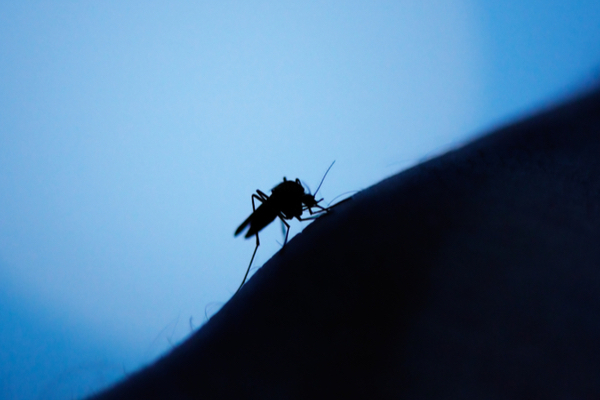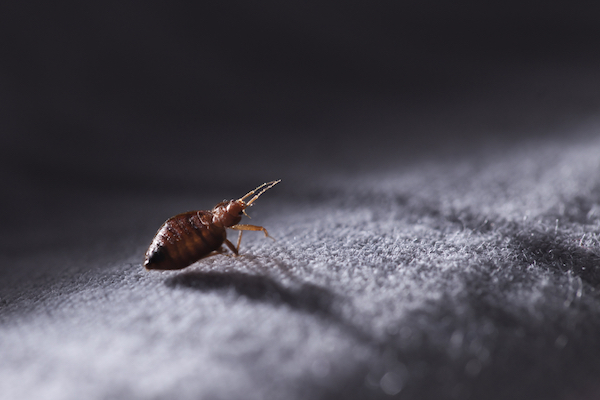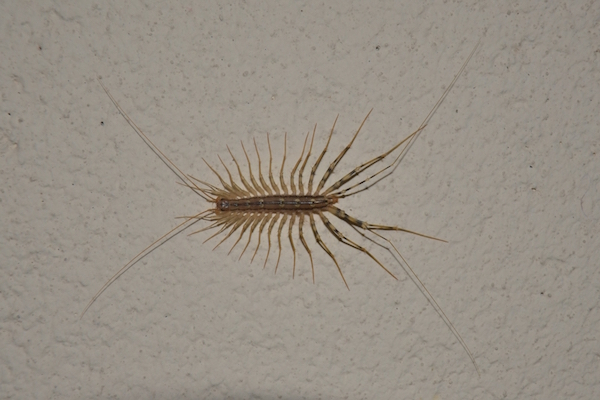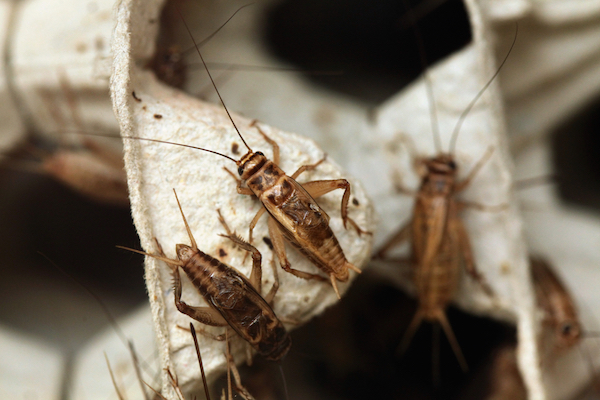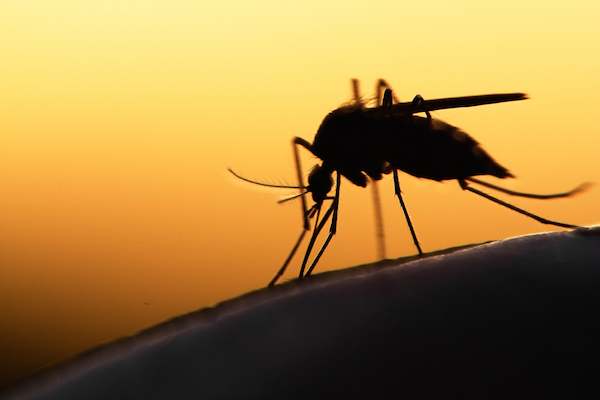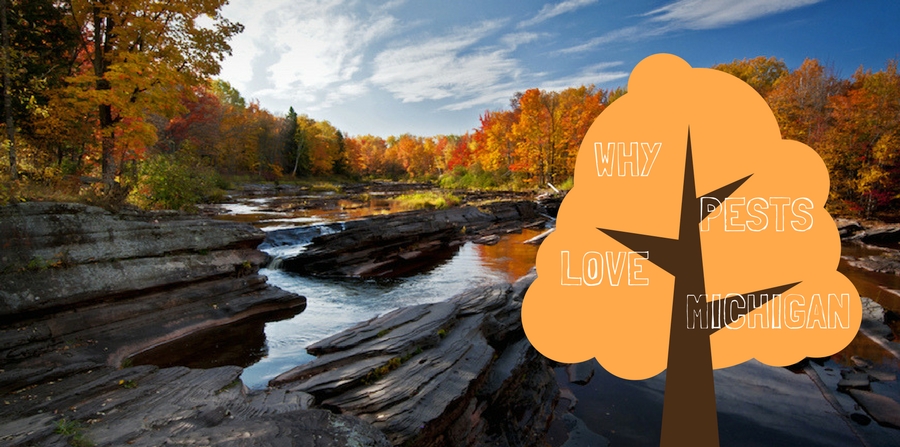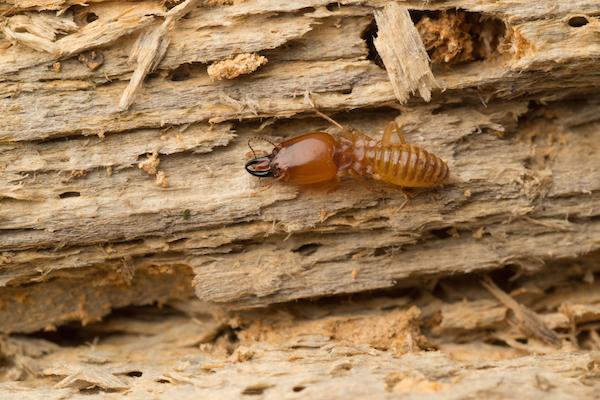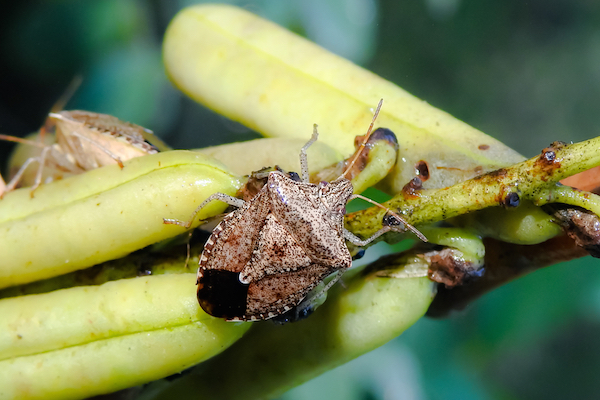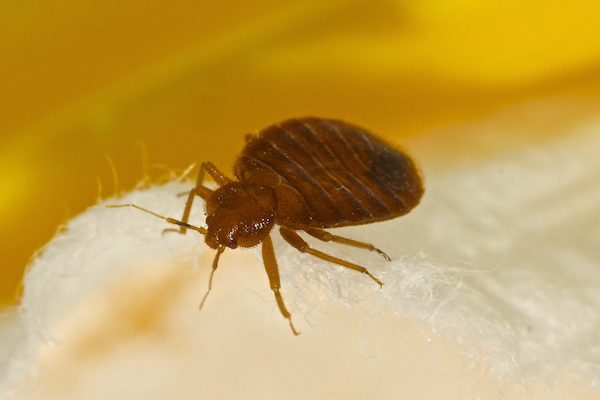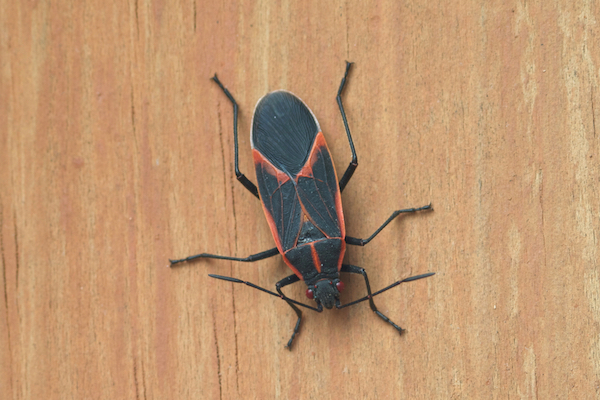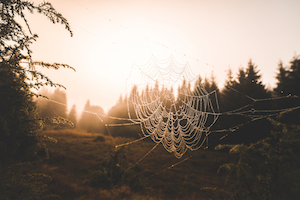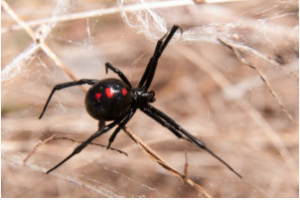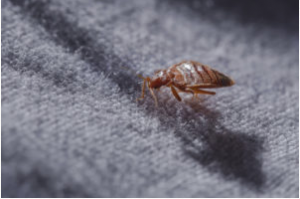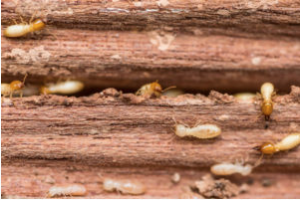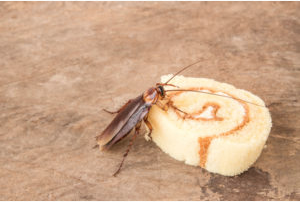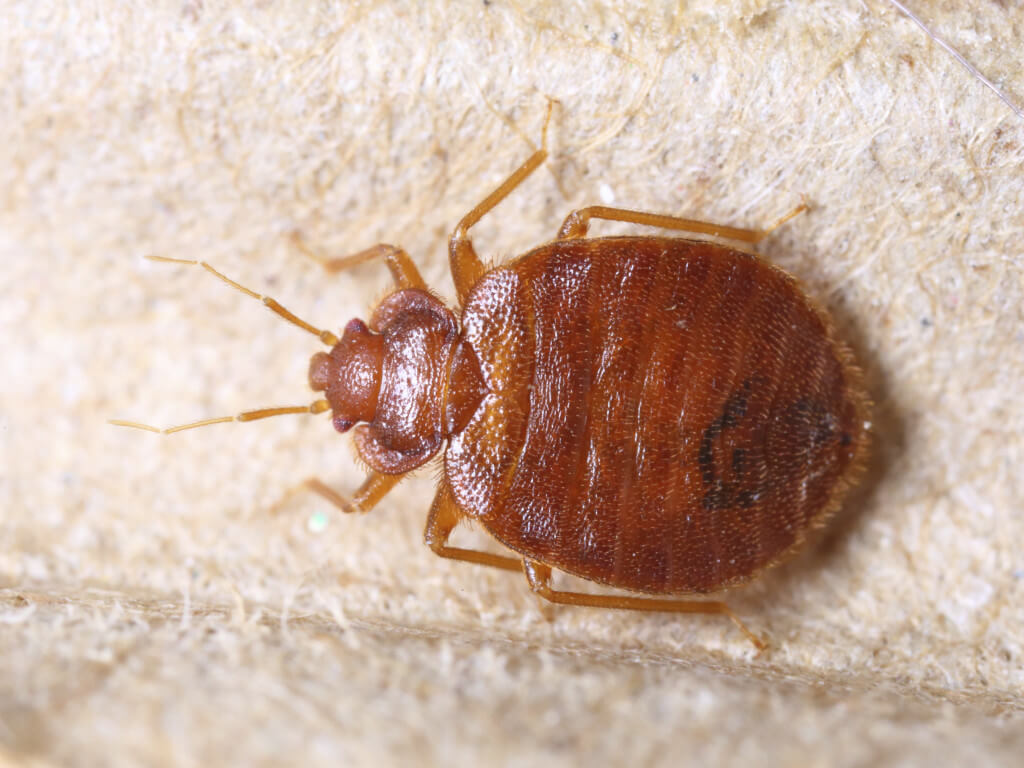Every human-populated region on earth deals with its own host of pest problems, and Michigan is no exception. Many of the same features that make Michigan so great–our forests, our interconnected metro areas, our proximity to water–also bring pests from far and wide. Some of these pests comprise a serious, long-lasting threat to the health of the local ecosystem. Some are just out to ruin your day.
We’ve talked at length about the first variety before, so now we’re covering the problems a bit closer to home. These are the four varieties of pest that you’re most likely to encounter in your home. Chances are, you’ve dealt with at least one of these ne’er-do-wells before–even if you didn’t realize it. Here are the Michigan pest “usual suspects”, and how to keep them from bothering you.
Stink bugs
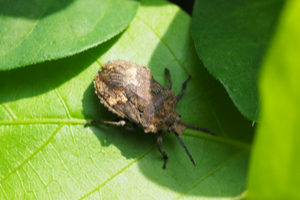 The brown marmorated stink bug is Michigan’s newest nemesis, but it’s more-than made up for lost time. The stinky pests are mostly a problem for farmers, since they’re notorious for eating crops. They really only bother households during the fall and spring, when they’re either looking to get warm or trying to get back outside. Even if they infest homes, they don’t reproduce indoors, inflict property damage, or eat human food or fabrics. If you’ve never had them before, you’d be forgiven for thinking stink bugs don’t sound like “pests” at all!
The brown marmorated stink bug is Michigan’s newest nemesis, but it’s more-than made up for lost time. The stinky pests are mostly a problem for farmers, since they’re notorious for eating crops. They really only bother households during the fall and spring, when they’re either looking to get warm or trying to get back outside. Even if they infest homes, they don’t reproduce indoors, inflict property damage, or eat human food or fabrics. If you’ve never had them before, you’d be forgiven for thinking stink bugs don’t sound like “pests” at all!
Then you remember what they’re called. When crushed, threatened, or congregated, stink bugs secrete a gross-smelling liquid from specialized glands. The more of it there is, the stronger the smell. Stink bugs often congregate around sunny perches by the hundreds. The best way to deal with stink bugs is by vacuuming them up and throwing out the vacuum bag. Afterward, wipe down surfaces stink bugs walked over to remove the scent and pheromones they may have left behind.
Rodents
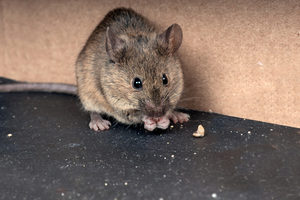 Admittedly, mice and rats aren’t just the among the most common of pests in Michigan. Anywhere people live, chances are mice and rats are scampering around trying to live alongside them. They’ve been at it long enough, in fact, that rodents have evolved into the ultimate human-home infiltrators. Mice and rats use their sense of smell and amazing ability to sense minute air currents to find ways into homes. They don’t need to find much either; mice and rats can squeeze through unbelievably tiny openings.
Admittedly, mice and rats aren’t just the among the most common of pests in Michigan. Anywhere people live, chances are mice and rats are scampering around trying to live alongside them. They’ve been at it long enough, in fact, that rodents have evolved into the ultimate human-home infiltrators. Mice and rats use their sense of smell and amazing ability to sense minute air currents to find ways into homes. They don’t need to find much either; mice and rats can squeeze through unbelievably tiny openings.
Mice and rats may live in your home all year, but they’re particularly prevalent in early to mid fall. As soon as they sense the season begin to change, they’ll start looking for a warm shelter. Rodents use small openings around foundations, utility lines, or window and door frames to get into homes. Finding cracks and gaps like these and sealing them up is the best way to prevent future rodent problems today.
Carpenter ants
 Despite being equally prevalent, carpenter ants are often mistaken for their cousins the sugar, pavement, or field ants. Unfortunately, though carpenter ants may look like their less-distressing cousins, they don’t behave like them at all. Most ants may be content to pursue your home’s food, but carpenter ants have another prize in mind: your home itself. Specifically, the wood your home is made of. Carpenter ants are second only to termites in terms of their wood-destroying, property-damaging potential.
Despite being equally prevalent, carpenter ants are often mistaken for their cousins the sugar, pavement, or field ants. Unfortunately, though carpenter ants may look like their less-distressing cousins, they don’t behave like them at all. Most ants may be content to pursue your home’s food, but carpenter ants have another prize in mind: your home itself. Specifically, the wood your home is made of. Carpenter ants are second only to termites in terms of their wood-destroying, property-damaging potential.
Unlike termites, carpenter ants don’t eat the wood they destroy. Instead, they simply tunnel through it to build their ever-expanding colonies. The ants infest wood that’s moist and easy to bore through, so the best way to prevent them is moisture control. Ensure your plumbing isn’t leaking and your attic, basement, and crawl spaces aren’t too humid. Dispose of any water-damaged wood as soon as you find it, so that carpenter ants won’t.
Bed bugs
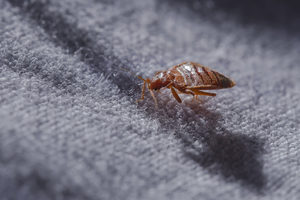 As we’ve explained before, everyone’s least-favorite bedfellows have had quite the renaissance in recent years. After developing resistances to the chemicals used to kill them, bed bugs began repopulating at a startling rate. Even worse, the bed bugs’ natural inclination to hide in cramped, dark, and warm places means they are nature’s ultimate hitchhiker. Before we knew what hit us, Americans had transported bed bugs all over the country by plane, train, and automobile. Unfortunately, Michigan wasn’t spared even a little.
As we’ve explained before, everyone’s least-favorite bedfellows have had quite the renaissance in recent years. After developing resistances to the chemicals used to kill them, bed bugs began repopulating at a startling rate. Even worse, the bed bugs’ natural inclination to hide in cramped, dark, and warm places means they are nature’s ultimate hitchhiker. Before we knew what hit us, Americans had transported bed bugs all over the country by plane, train, and automobile. Unfortunately, Michigan wasn’t spared even a little.
Contrary to name and reputation, bed bugs don’t just infest beds. Instead, they gravitate toward any location that’s dark, sheltered, cramped, warm, and near food. It just so happens that beds tend to satisfy those requirements–you’re the food! Find bed bugs by looking for bloody or dark patches on sheets and linens. Prevent them by changing and washing your sheets frequently, and by thoroughly inspecting luggage you bring into your home.
We realize it can’t be comforting knowing that your home state plays host to such a rogue’s gallery. That’s why we’ve decided to end on a bit of good news. Griffin Pest Control has been fighting these common pests right here in Michigan since 1929. As you might suspect, all that practice has made us pretty darn good at it.
Next time you need help clearing out an infestation, or making sure you never get one, give Griffin a call today. We’ve helped thousands of Michigan residents before, and we’re always happy to help you too.


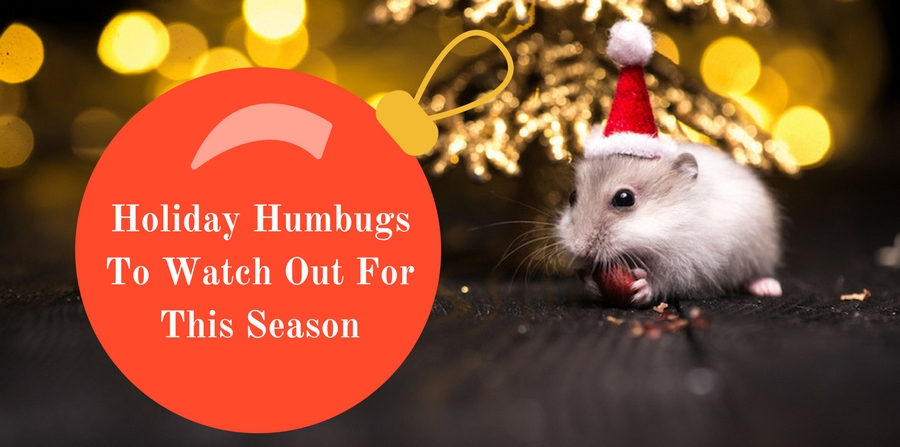
 Bed bugs hide in dark, confined places and remain perfectly still for hours on end. These dark, confined spaces aren’t just beds, either. Bed bugs often hide in suitcase, bags, and other common travel gear. If travelers
Bed bugs hide in dark, confined places and remain perfectly still for hours on end. These dark, confined spaces aren’t just beds, either. Bed bugs often hide in suitcase, bags, and other common travel gear. If travelers  There are two types of common pest moths: pantry-infesting moths and fabric-infesting moths. Unfortunately, both can be a problem during the holiday season. If fabric moths infest cloth decorations, they might be
There are two types of common pest moths: pantry-infesting moths and fabric-infesting moths. Unfortunately, both can be a problem during the holiday season. If fabric moths infest cloth decorations, they might be 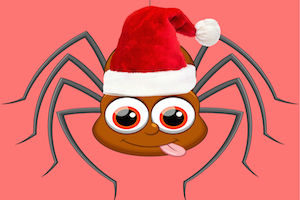 Remember when we covered
Remember when we covered 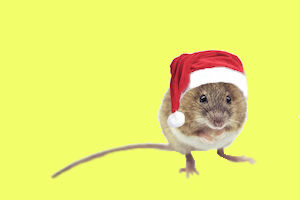 Unfortunately, “not a creature was stirring–not even a mouse” is not always true of the night before Christmas. The
Unfortunately, “not a creature was stirring–not even a mouse” is not always true of the night before Christmas. The 